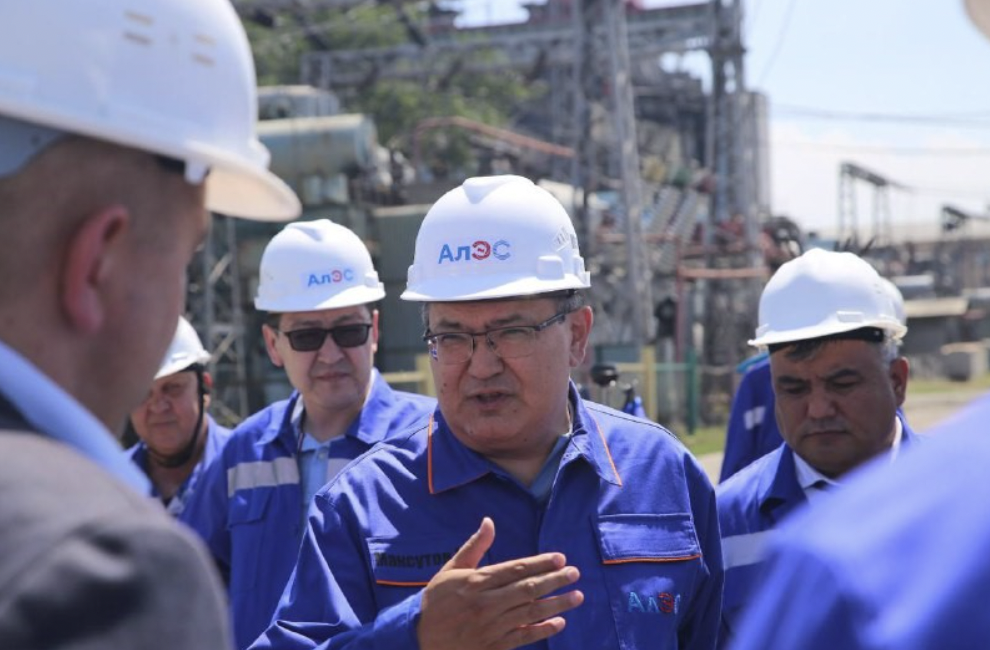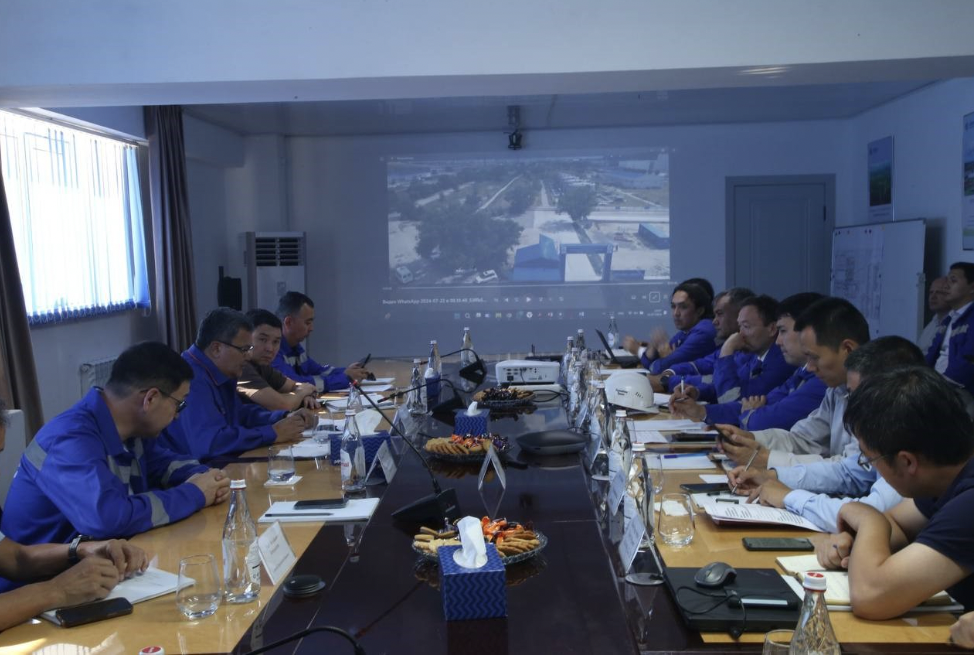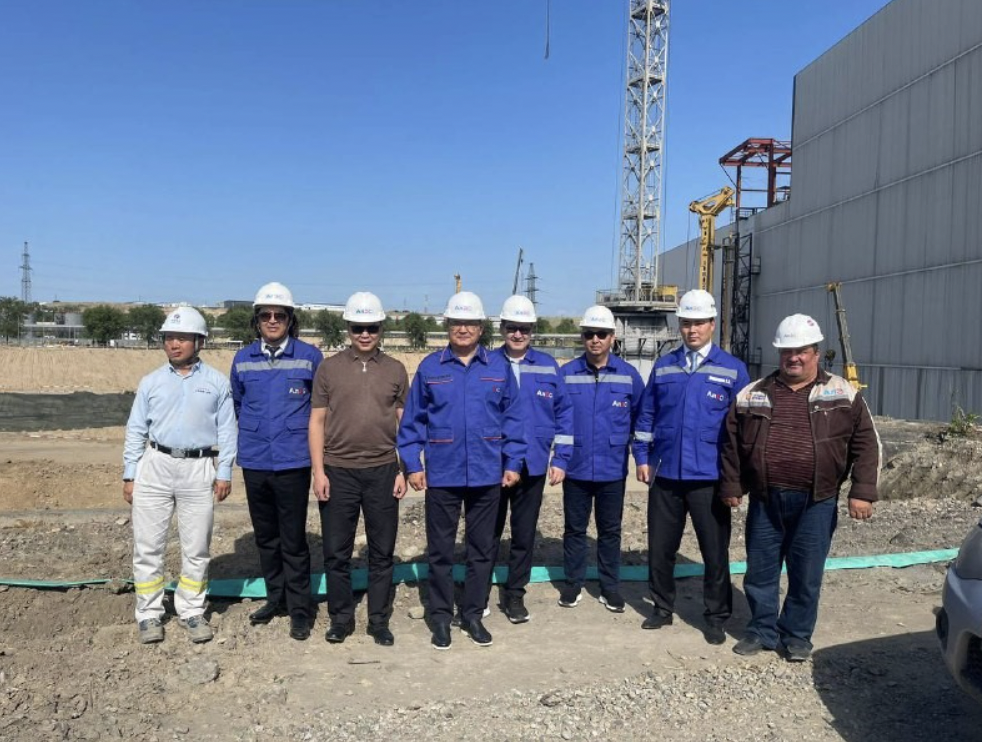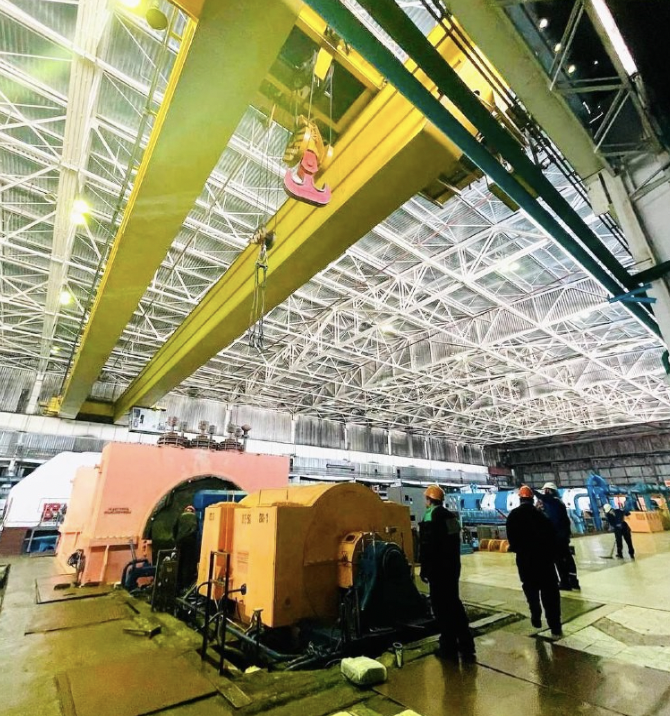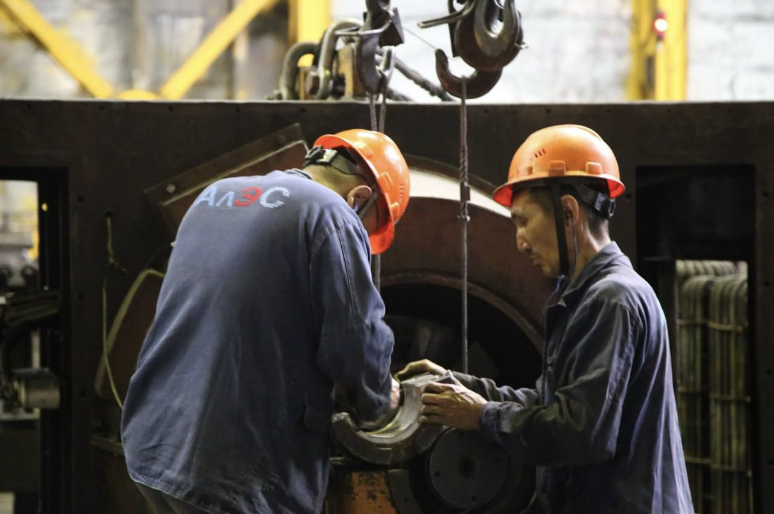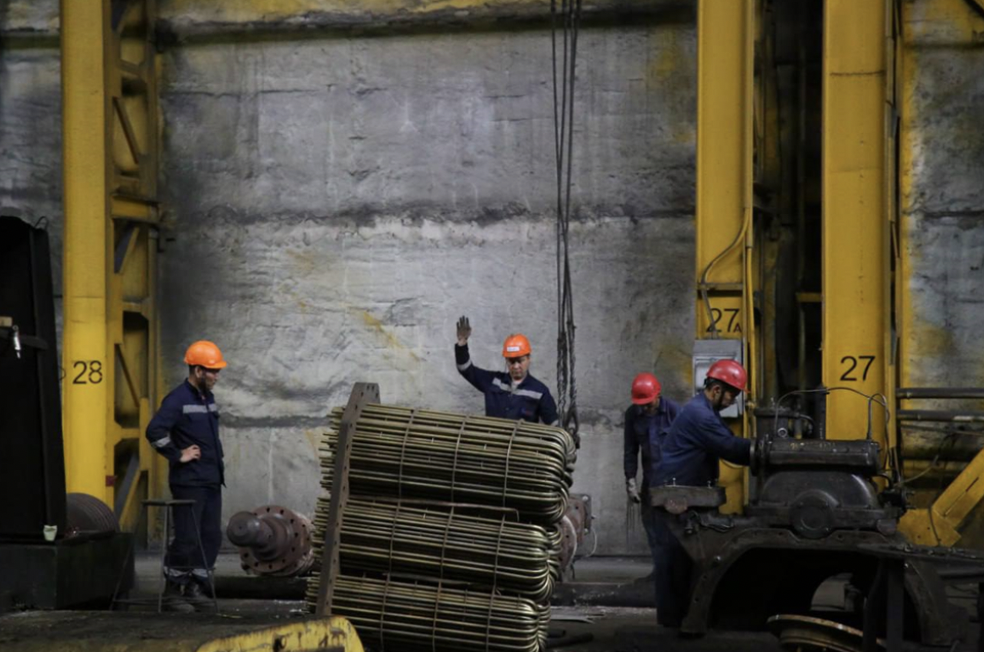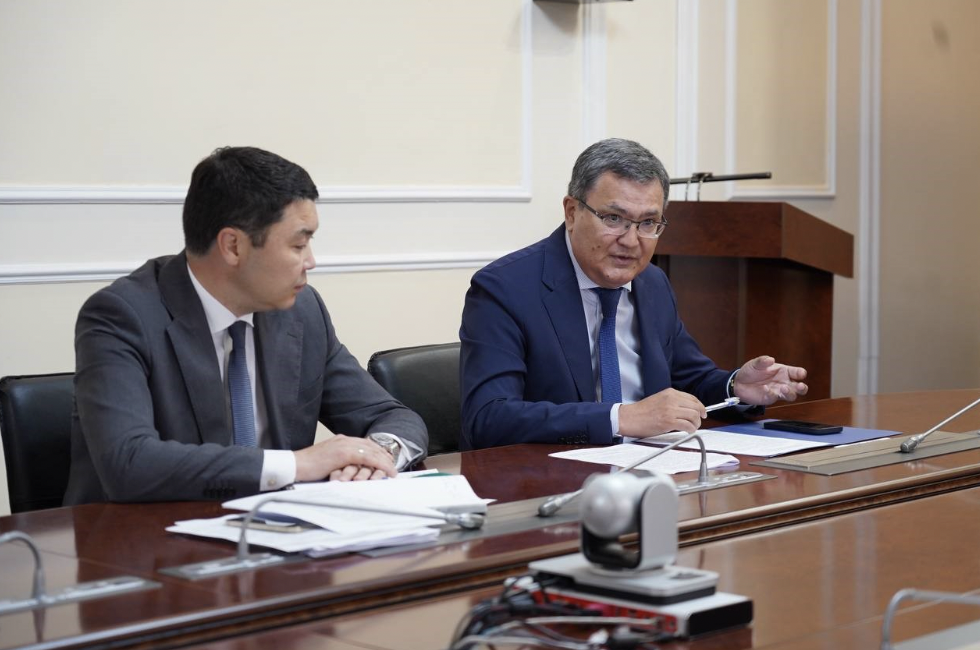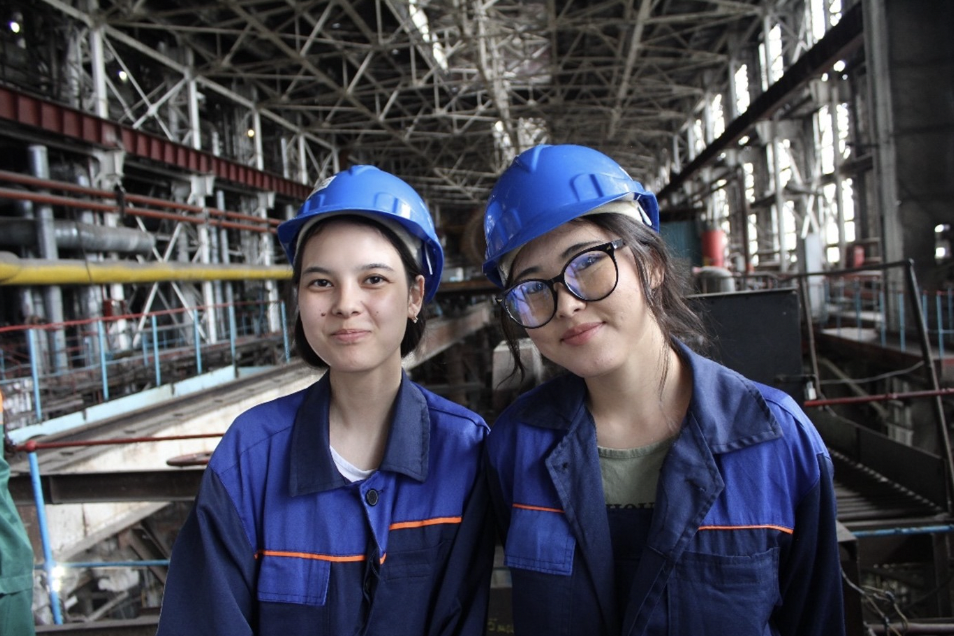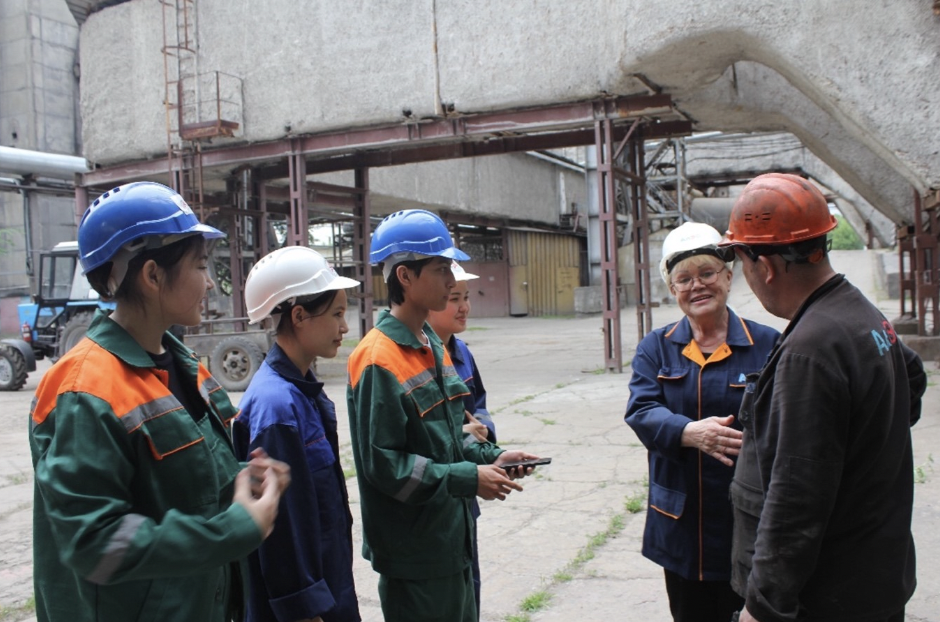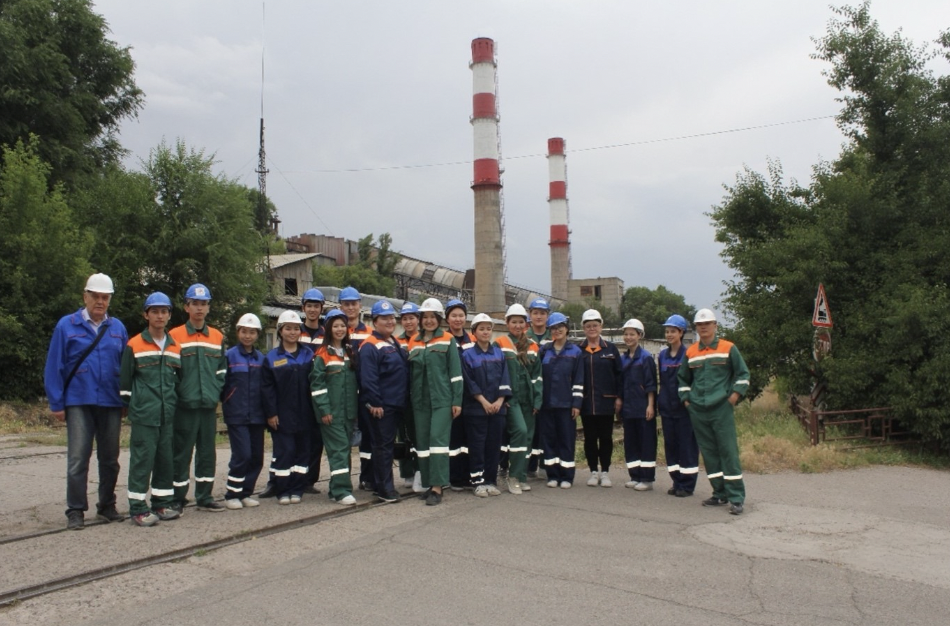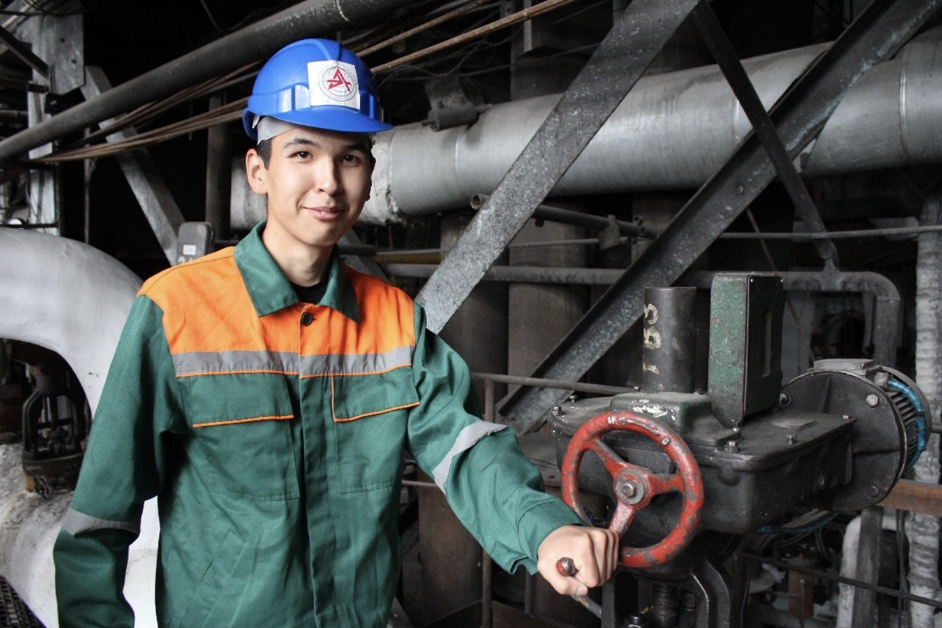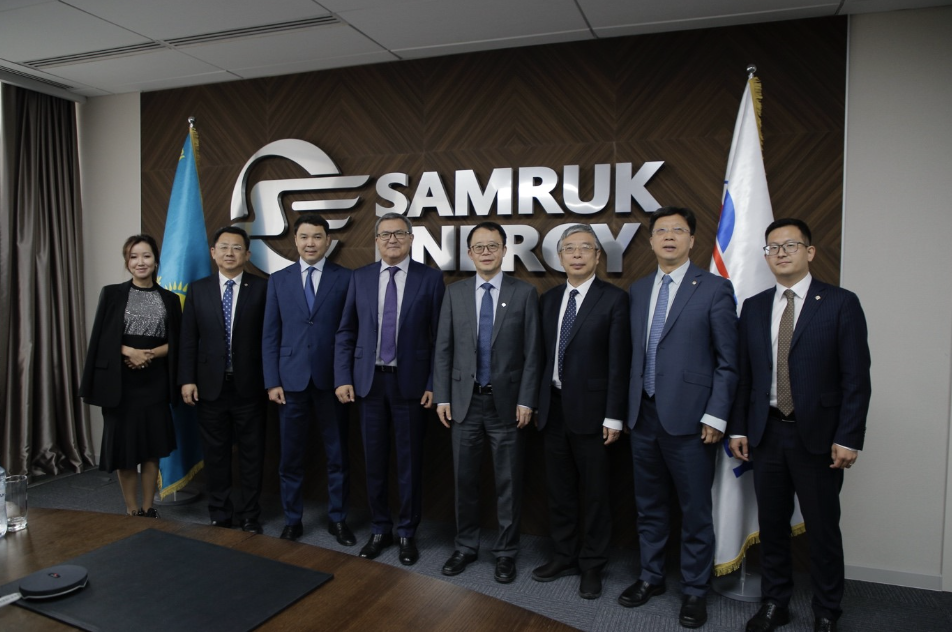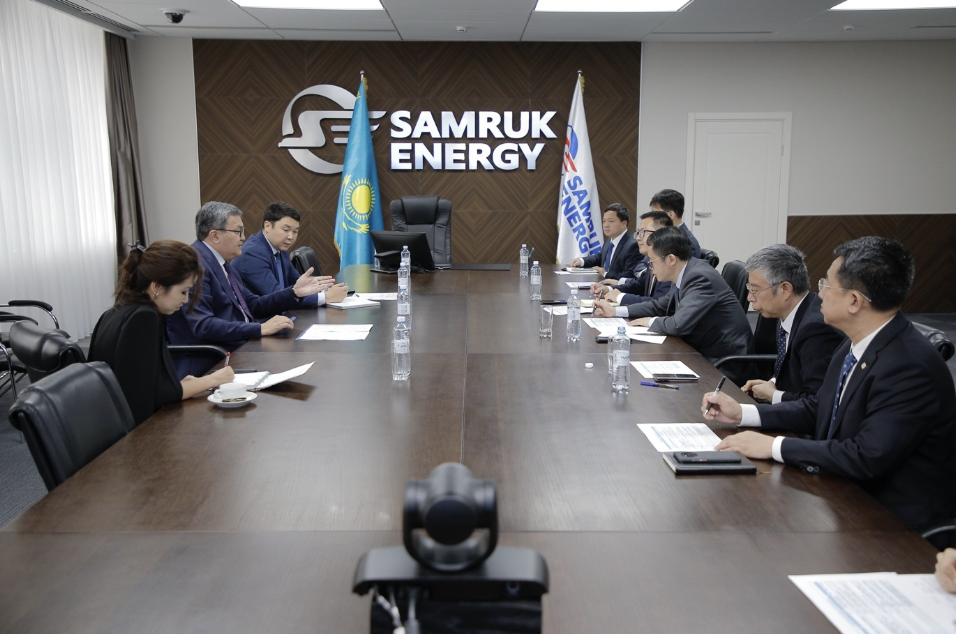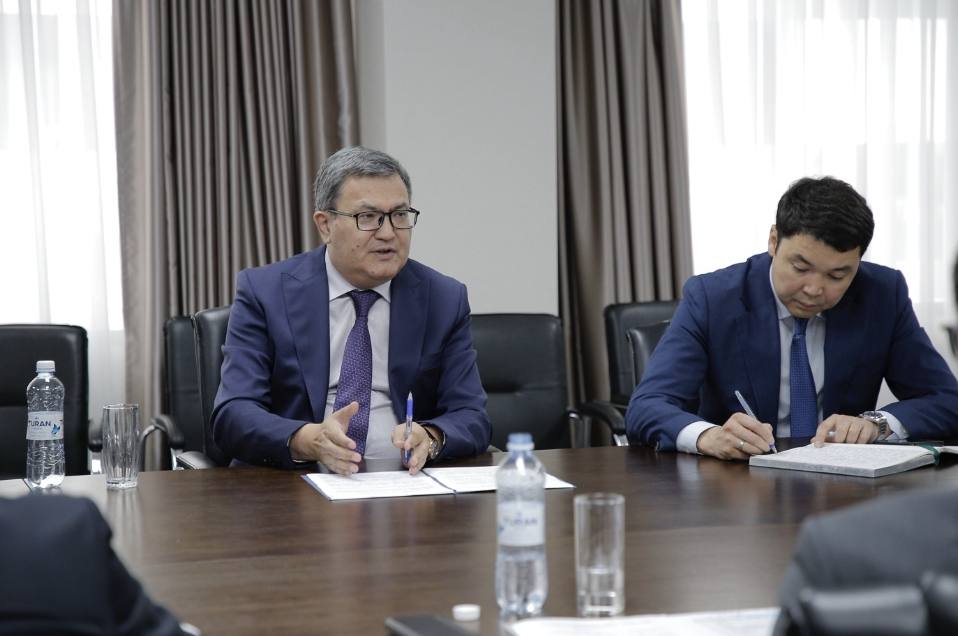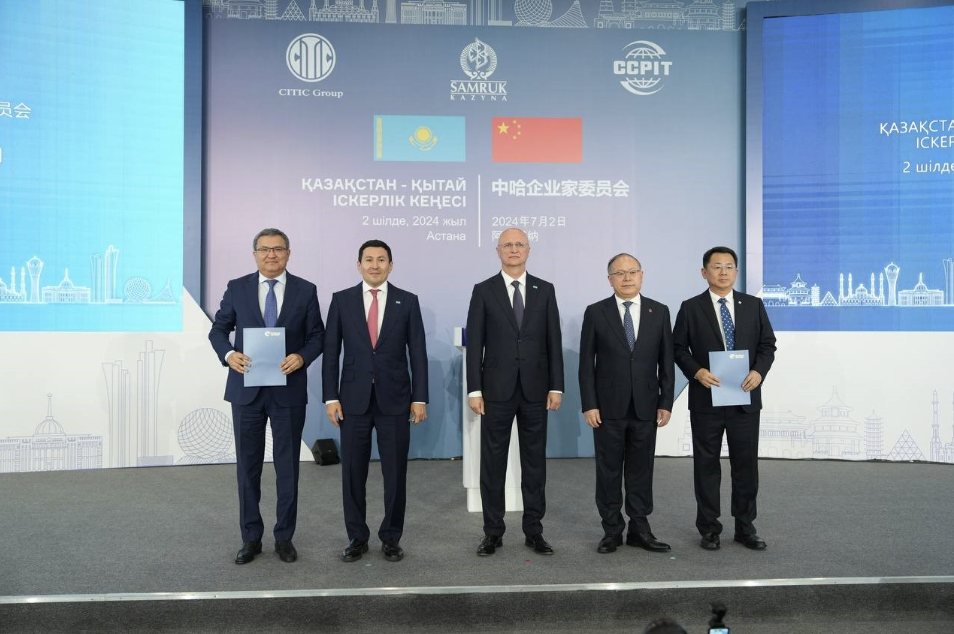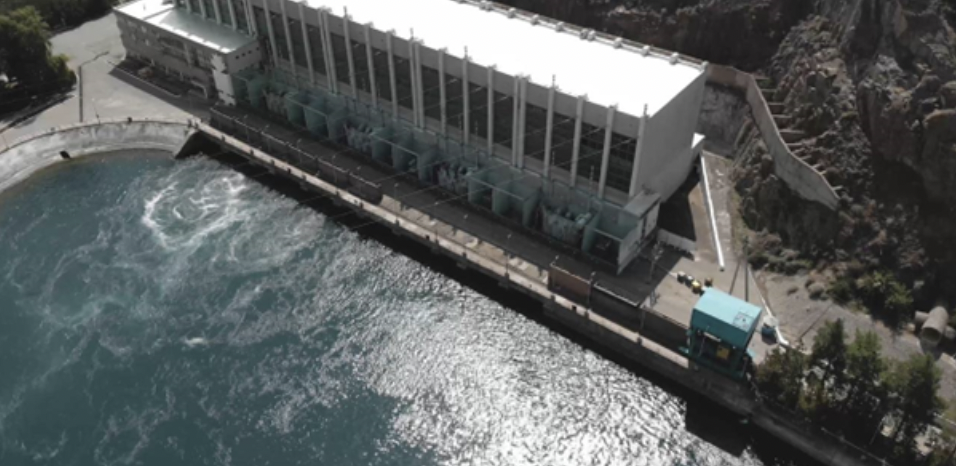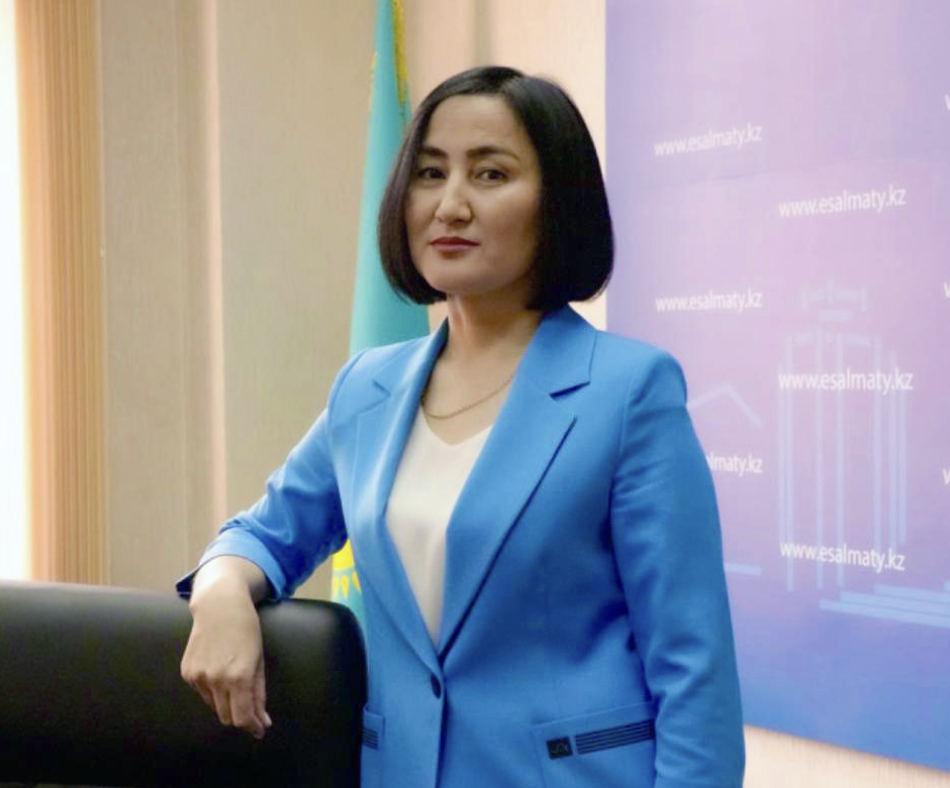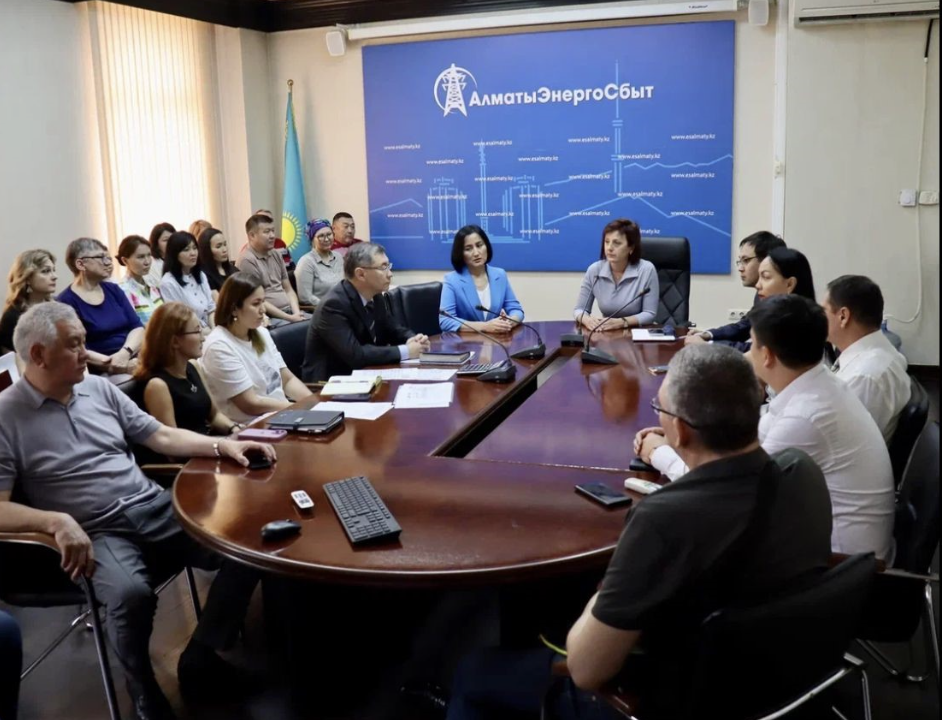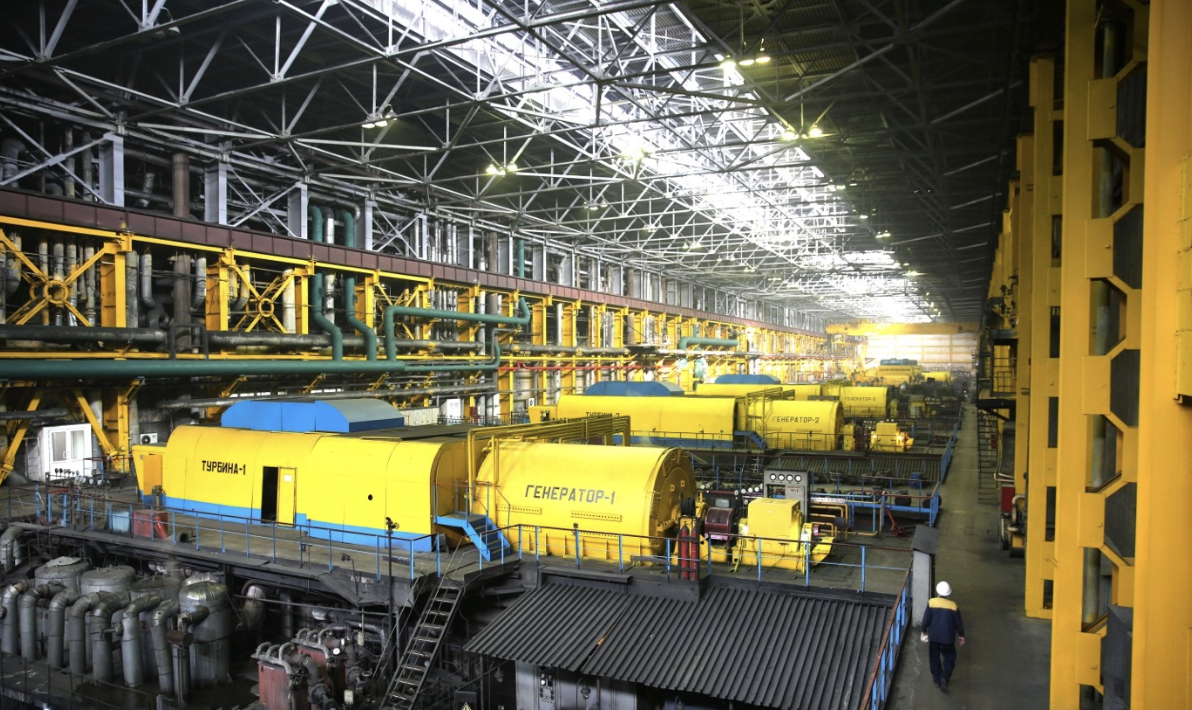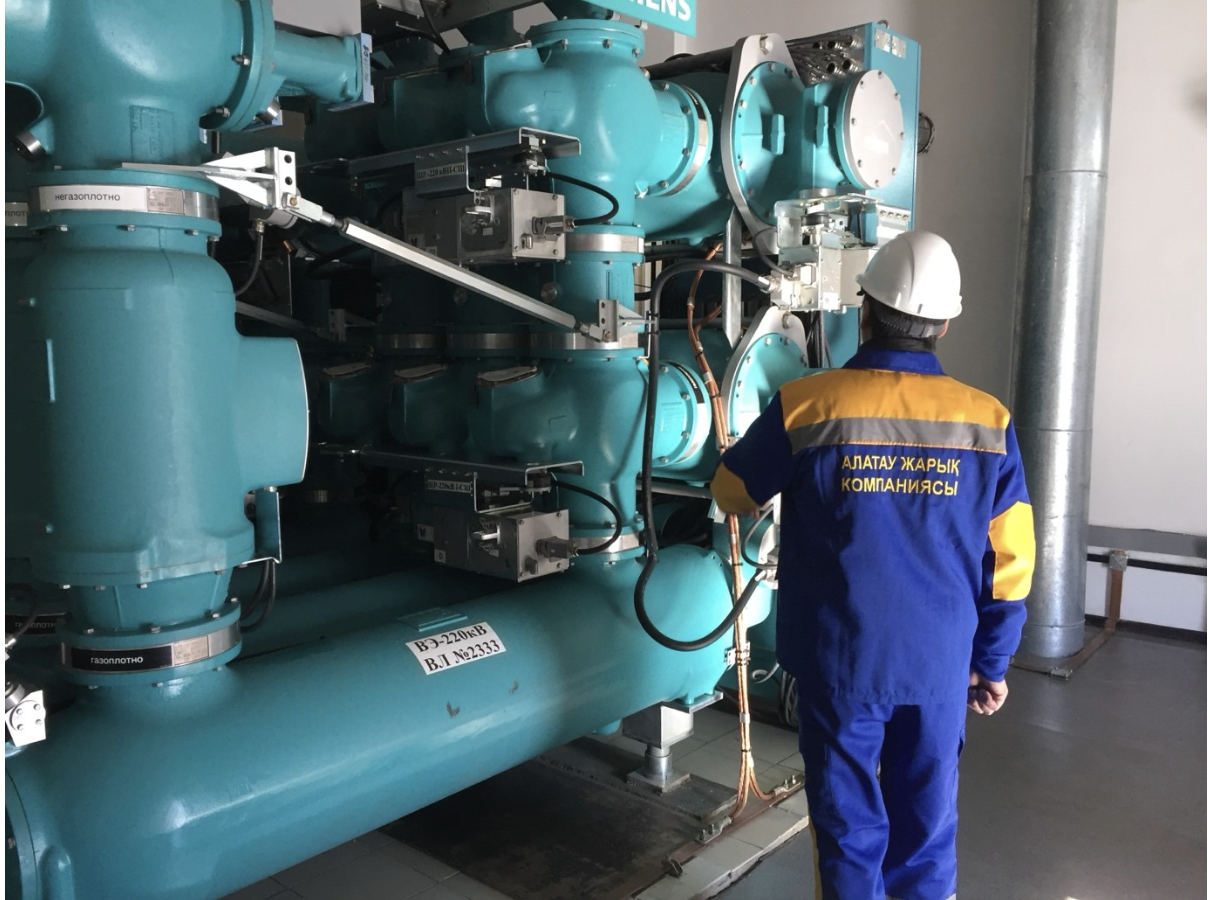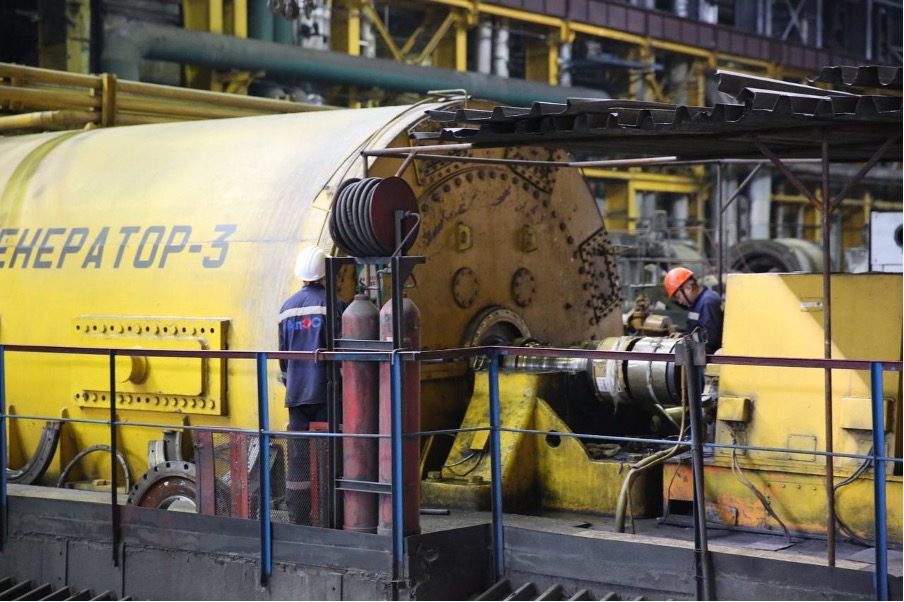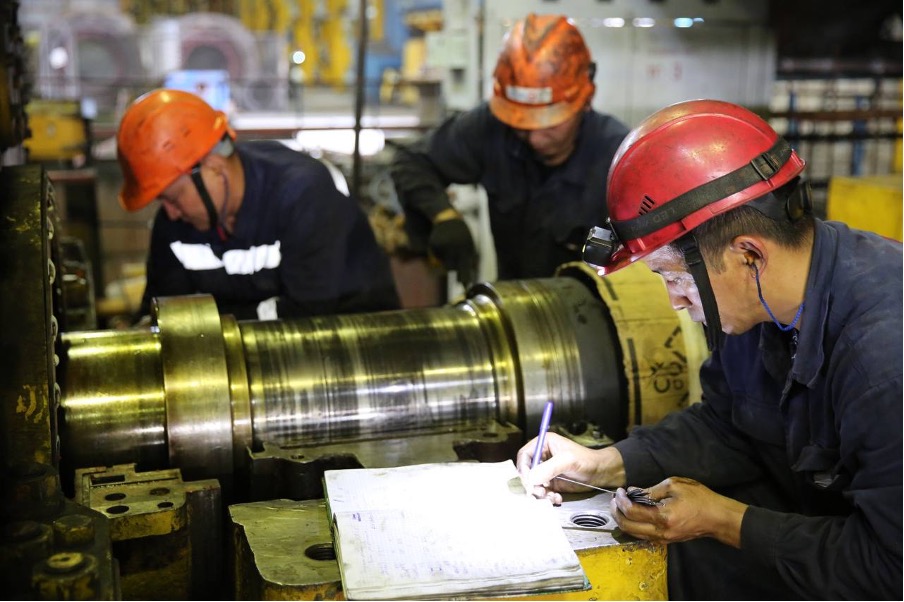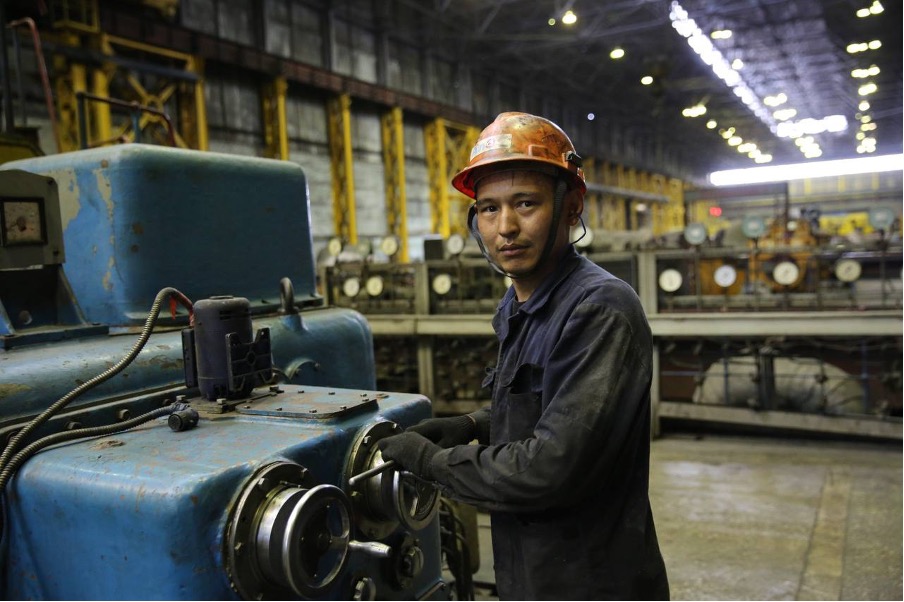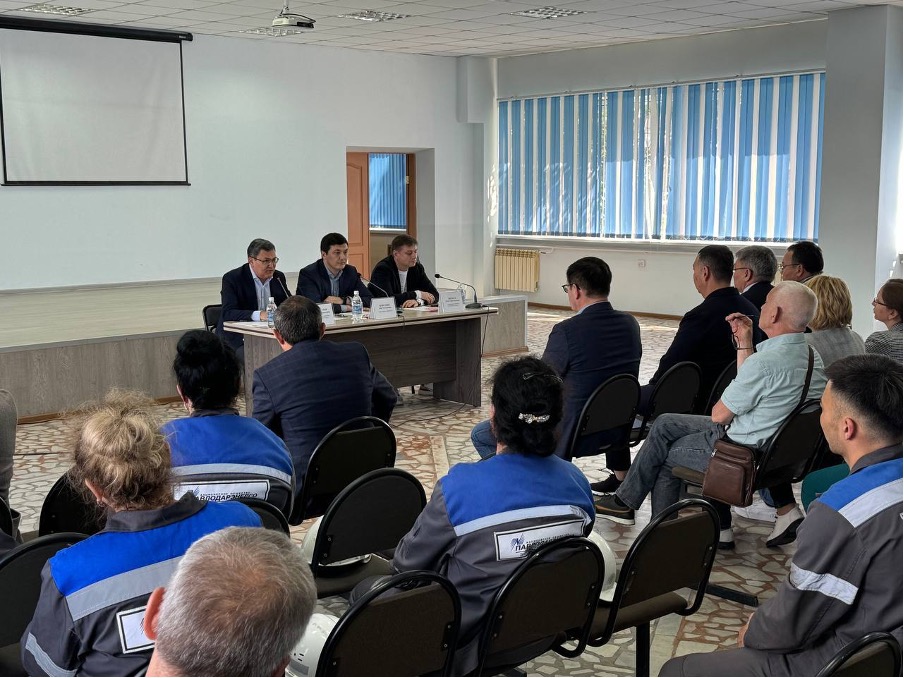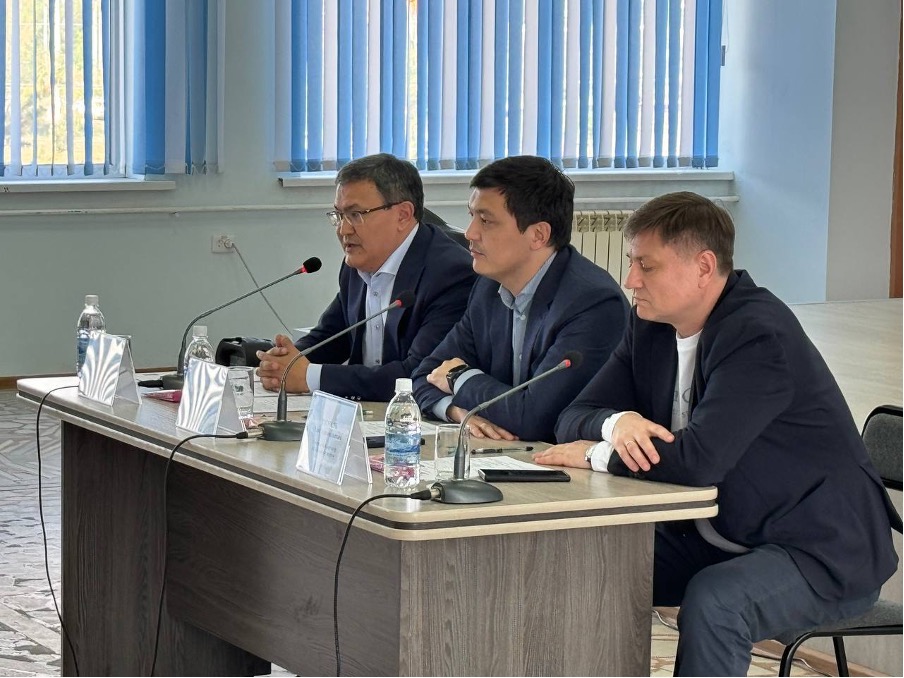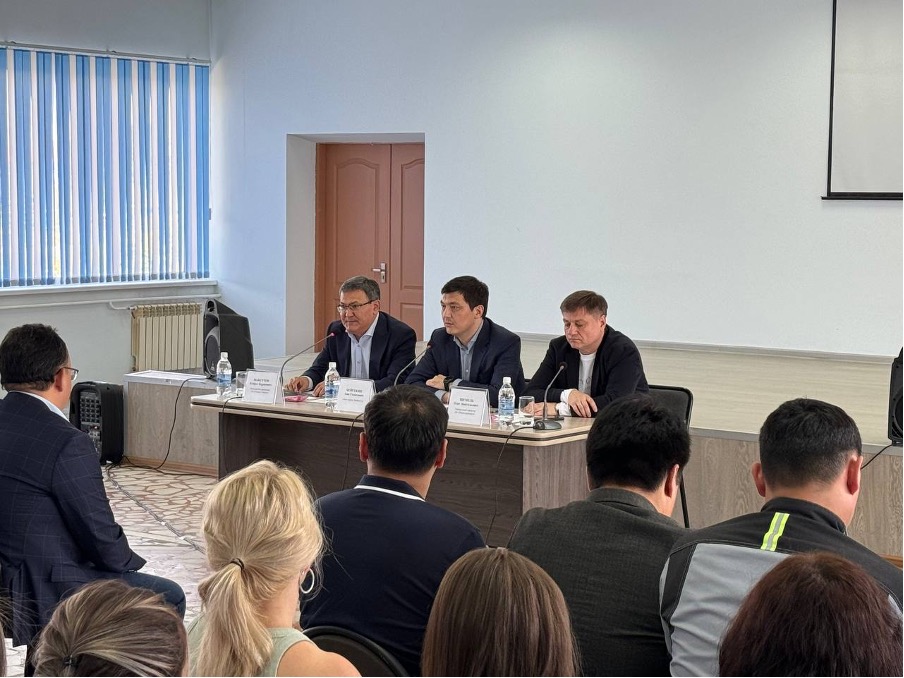Quality and timelines are under Samruk-Energy's control. Kairat Maxutov, Chairman of the Board of "Samruk-Energy" JSC visited the production departments of APP.
During the trip, the head of power holding company reviewed the progress of work at CHP-3 and CHP-2 named after A. Zhakutov.
At CHP-3, special attention was given to the implementation of the station reconstruction project. A meeting was held with representatives of the EPC contractor and APP, during which reports on the project's progress were presented. The discussion highlighted the necessity of timely completion of design and estimate documentation and commencement of construction.
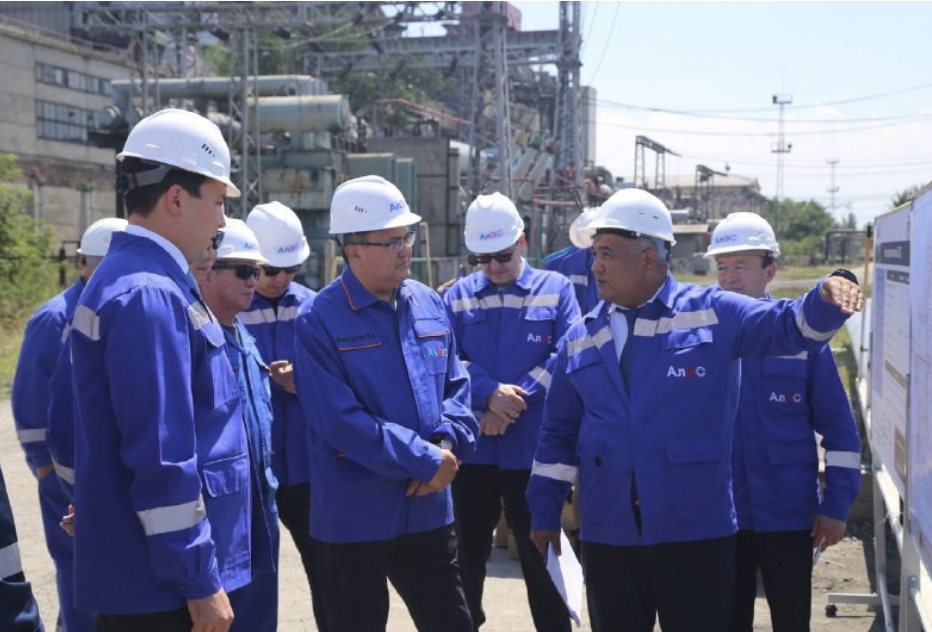
At CHP-2, Kairat Maxutov inspected the construction site, reviewed the completed work, and listened to reports from representatives of the EPC contractor, the design institute, the customer's engineer, and APP.
The results of previously issued directives were also analyzed, and the volumes of completed work were assessed. Special attention was paid to adhering to the schedules and ensuring the quality of the ongoing work.
